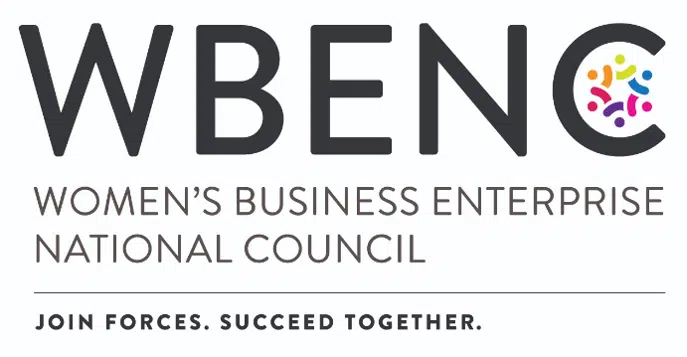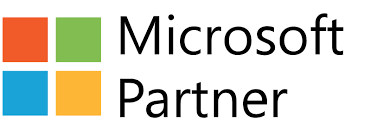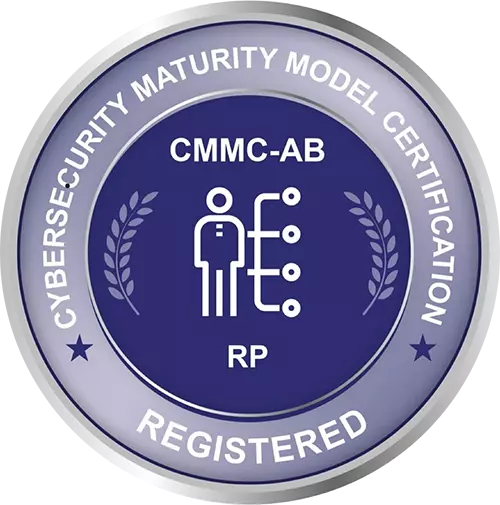Many providers still rely heavily on traditional fee-for-service models, which tie revenue to face-to-face encounters. Yet this model doesn’t reflect the reality of chronic care, where most problems develop between visits, rather than during them. With a remote patient monitoring solution, providers can track vital signs, symptoms, and therapy adherence in real time, allowing for early interventions and better outcomes.
This not only helps reduce unnecessary ER visits and readmissions, but it also opens the door to monthly CPT code-based reimbursements for time spent reviewing patient data. CMS supports this model, and when it’s implemented correctly, RPM can become a reliable, scalable source of revenue for practices serving Medicare populations.
At HCRS, we work with practices that serve high-risk populations. Patients may qualify for a remote patient monitoring solution if they:
These are precisely the moments when continuity of care is essential. RPM lets your team stay connected to each patient’s health journey, even when they’re not in an exam room.
Implementing an in-house RPM program can be time-consuming and logistically complex, especially for smaller practices or those without dedicated care coordination. That’s why HCRS offers a fully managed RPM solution designed to fit your existing workflows.
Here’s what we provide.
We make it easier to deliver better care while boosting practice efficiency and revenue. You’ll also have access to transparent, actionable data, thanks to our platform’s ability to integrate with over 80+ EHRs.
A remote patient monitoring solution is even more effective when integrated with other CMS-supported programs, such as:
When paired with these, RPM becomes part of a holistic care strategy, expanding opportunities for reimbursement while improving clinical outcomes.
Although there are providers who hesitate to adopt RPM, the truth is that a well-executed remote patient monitoring solution can be very beneficial for patient engagement and your bottom line. Practices that use RPM correctly can bill:
These codes can be billed monthly, offering predictable, recurring reimbursements that support both independent practices and value-based care organizations.
All of this begs the question: Would you rather rely on traditional fee-for-service models that keep you chained to in-office visits, or receive recurring reimbursements month after month?
With HCRS managing the clinical monitoring, device logistics, and reporting, your staff can stay focused on patient care without the administrative overhead.
Every community has unique healthcare challenges. That’s why we build localized RPM strategies that account for patient demographics, payer mix, and regional health disparities. We serve providers across the Mid-Atlantic, Southeast, and Northeast U.S., including:
No matter your setting, our remote patient monitoring solution can scale to meet your needs.
We believe that better outcomes and stronger practice performance go hand in hand. Our remote patient monitoring solution is designed to deliver both, with expert support every step of the way.
Are your patients:
If so, care continuity gives them the best chances of better health outcomes. RPM is a powerful tool that supports this by allowing healthcare teams to engage with patients in between office visits by tracking vitals, symptoms, and therapy progress in real time.
If you’re ready to explore how RPM can help you stay connected to your patients, improve chronic disease management, and create a reliable monthly revenue stream, let’s have a conversation.







Who We Are
Services
Career Opportunities
Interested in applying for a job with us? HCRS offers competitive compensation and benefits and hires a wide range of professionals. Apply Here

8601 Robert Fulton Drive, Suite 130 | Columbia, Maryland 21046 | Office: (301) 497-1187 Fax: (866) 384-2303
Copyright © 2025 Healthcare Resolution Services, Inc. All rights reserved. | Privacy Policy
